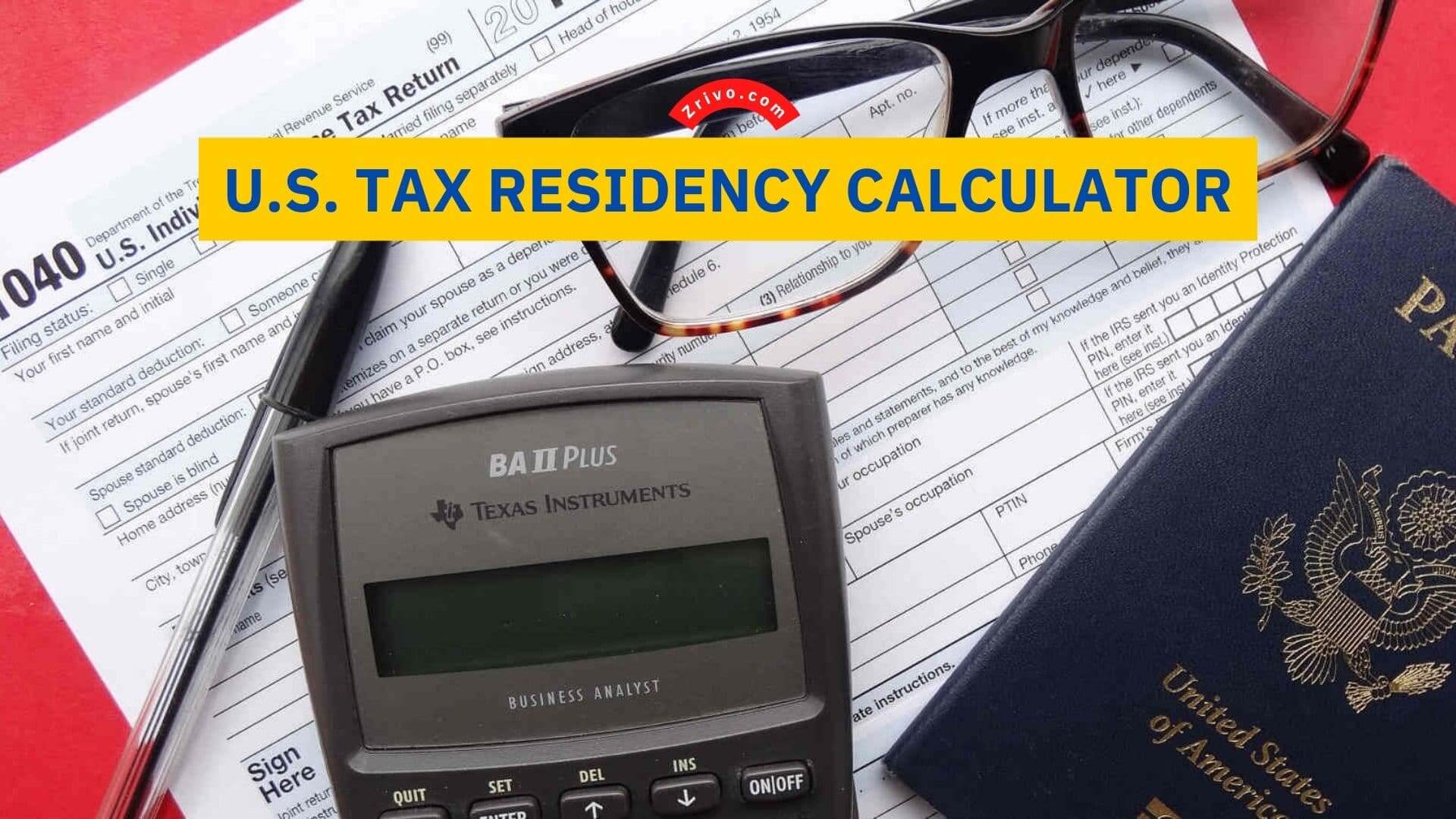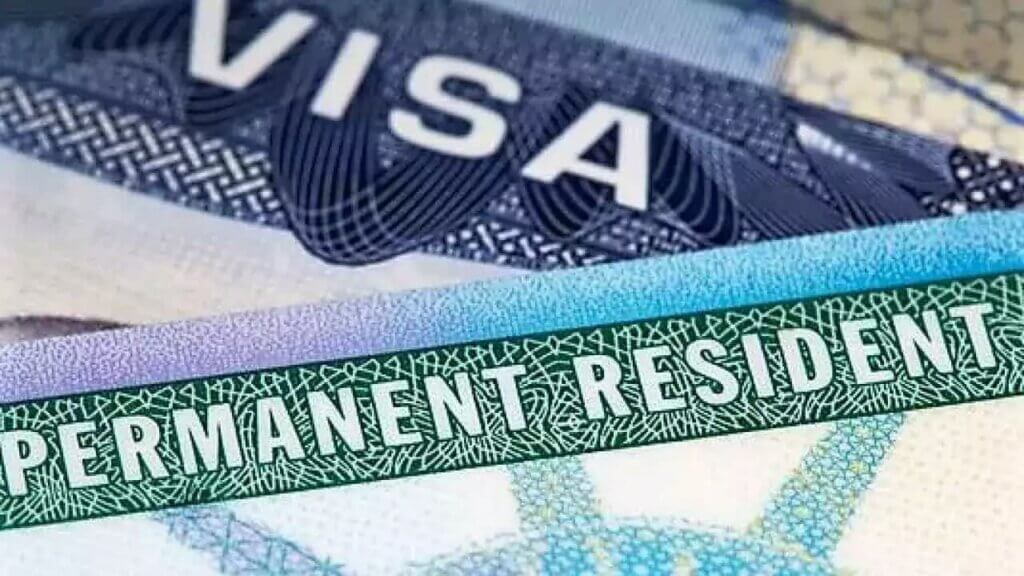
The U.S. Tax Residency Calculator can be a very helpful tool if your residency status requires you to file taxes in the United States. Getting this information can also help you determine if you’re eligible for any benefits you may be able to take advantage of.
A non-citizen who does not pass the “Green Card” test will be classified as a non-resident alien. This type of status is not eligible for the IRS’s government benefits. However, there is a necessity for a non-US citizen must meet state residency criteria in order to qualify for a residency-based tax refund.
Whether you are a non-US citizen, an international student, or a working professional on an H1B visa, knowing your tax residency status is essential to file your federal and state taxes. However, this question is more complex than you think. Two main tests determine the residency status of a non-US citizen, which are the Substantial Presence and Lawful Permanent Residence tests.

Substantial Presence Test and Lawful Permanent Residence Test
The first test is the Substantial Presence Test, which is governed by Internal Revenue Code Section 7701(b). This test counts one-sixth of the days in the second preceding year plus 183 days in the current year. It also excludes 10 days of actual presence in the United States when determining the residency termination date.
The other test is the Lawful Permanent Residence Test, which is governed by Internal Revenue Code Section 7701(b)(4). This test applies to non-citizens who hold a green card and requires that an individual demonstrate a stronger connection to a foreign country than to the U.S. It applies when the individual is present in the United States for the first time in the tax year. This test is often less demanding than the substantial presence test.
If a non-citizen fails both tests, they will be a non-resident alien. However, if a taxpayer has a tax home in a foreign country, the taxpayer can exclude up to 10 days of presence from taxes when the individual is outside of the United States for less than 10 days.
However, some gray areas exist, like the estate and gift tax. In these cases, a taxpayer’s tax residence will depend on the facts and circumstances.
If an individual is a non-citizen, they can elect to be a resident for all of the tax year if they meet certain requirements. For instance, if the non-citizen is a resident’s spouse, they can take advantage of the treaty tie-breaker rules in some income tax treaties. In these situations, the taxpayer will pay lower treaty rates on income sourced in the foreign country.
Residency-Based Tax and 183-Day Rule in the U.S.
Whether or not you are a resident for tax purposes depends on your status and the rules and regulations of the IRS. The “Substantial Presence Test” is used to determine whether or not you are a resident for income tax purposes.
The Substantial Presence Test requires you to have been physically present in the United States for at least 31 days in the current year. Likewise, you must have been physically present in the United States for 183 days or more in the past three years.
In addition to the 183-day threshold, there are several qualifying exceptions. These exceptions are designed to avoid double taxation and to help resolve conflicting claims of residence. In addition, some of the “qualified” exceptions are largely ambiguous. In general, the best advice is to acknowledge the uncertainty of the tax treatment. Then steer your facts to fit the tax rules.